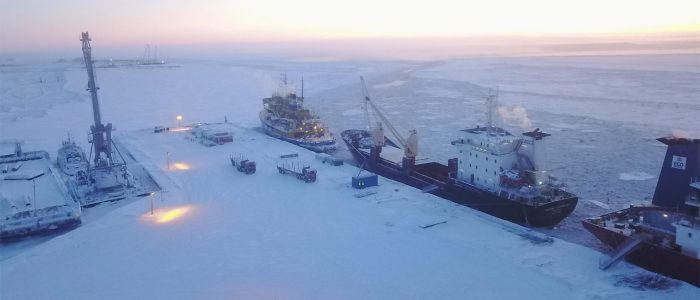Ottawa Declaration 1996, meant for cooperation on sustainable development and environmental protection issues, has lost its spirit. In 2019, the US Navy re-established its Second Fleet, responsible for operations in the North Atlantic and the Arctic. The US Air Force also conducts regular patrols and exercises in the region to assert its interests. Russia, on the other hand, has long considered the Arctic as part of its strategic backyard. The country has been modernising its Arctic military infrastructure, reopening and building new military bases, and increasing its regional naval and air capabilities. Russia has also been conducting military exercises and patrols to assert its dominance in the Arctic. Even China wants to take advantage of the opportunity. Earlier in February 2022, the Russia-Ukraine war further changed regional geopolitics—no wonder a competition for influence has started on the world snow roof.
The Arctic keeps the Earth’s climate in balance. It regulates the world’s temperature. Plus, it is sitting on a pile of wealth, home to 13% of the world’s undiscovered oil and 30% of the world’s undiscovered gas, as well as uranium, rare earth metals, and gold. As the world powers eye this wealth, the Arctic is their new battleground, and billions of dollars of resources are the prize. The question of climate is taking a back seat with so much money to be made. There is a race for Arctic resources. Whoever gets there first is the winner. As of today, Russia is leading this race.
President Vladimir Putin has launched a new project, a major Arctic project, to tap liquefied natural gas (LNG). It’s called the Arctic LNG 2 Plant. The project is worth $21 billion. It aims to produce 19.8 million tons of LNG every year. President Putin stated, “LNG projects are significant. They allow us to conquer share on global LNG market, to develop related sectors… There are reasons to believe that Arctic LNG 2 will be implemented on time.”
Novatek, with a 60% stake, leads Arctic LNG 2, which is expected to start producing the super-cooled gas at the end of this year or in early 2024 at its first technological line. This project would help Russia achieve its goal of gaining 20% of the global LNG market by 2035 from around 8%.
Arctic LNG 2 is not Russia’s first project with Novatek in the Arctic. It is, in fact, the second and a very big one. How did Russia get this lead? They have geography to thank for that. 40% of the Arctic is Russian. Russia’s coastline accounts for 53% of the Arctic Ocean coastline, counting 24,140 km; 2 million Russians live in the Arctic. Its oil and gas economy depends on Arctic drilling, so Moscow treats the region as its turf and behaves like it has the first dibs on it. Russia’s first grand project here was the Yamal LNG plant, one of the largest LNG projects in the world. The idea is to tap energy resources and control a new sea route, the Northern Sea Route. Following is a map for thorough understanding.

Significance of Northern Sea Trade Route (Source: Hellenic Shipping News)
The Suez Canal is the world’s preferred transit route. Any delivery from the Arctic goes all the way around Europe, through the Suez Canal and then into Asia. As the map shows, this is a distance of around 21,000 km. Russia offers an alternative; a shorter route called the Northern Sea Route. It connects the eastern and western parts of the Arctic Ocean. This route is around 13,000 km long, much shorter, and cost-effective.
It cuts the distance between Europe and Asia by nearly 40%, saving time and money. But the world does not use it because the Arctic has icebergs and a harsh environment. This obstructs cargo-carrying vessels and worse, ships run the risk of colliding with them. But now climate change has melted some of that ice, so the route is clearer, and Moscow wants to make the most of it.
Russia is not the only one eyeing this prize, though. China, too, has been at it. Chinese President Xi Jinping dreams of a Polar Silk Road, one that would connect the two continents. So, Putin wants to tap the energy resources of the Arctic and control an alternative sea route. XI, too, wants a slice of the pie. The changing situation in Asia leaves the West far behind in the race for geopolitical and geoeconomic influence. They do not have the experience or the presence. So, they are doing what they do best, taking the moral high ground. As Marrakech Partnership for Global Climate Action 2022 marks, in COP 26 and COP 27, all the major Western and Eastern stakeholders aimed to reduce carbon emissions, maintain global temperature and contain climate changes. The West says exploitation of Arctic oil and gas will hurt the planet. They are right it would. But when has that stopped them, or anyone, for that matter?
